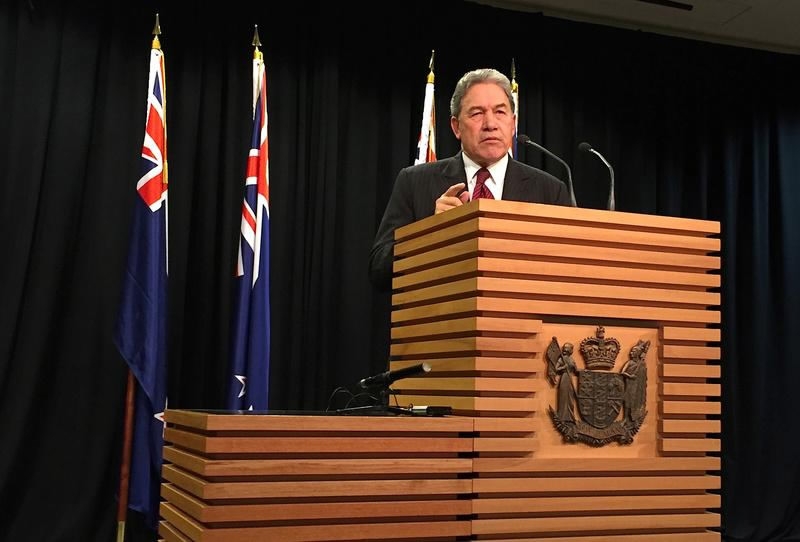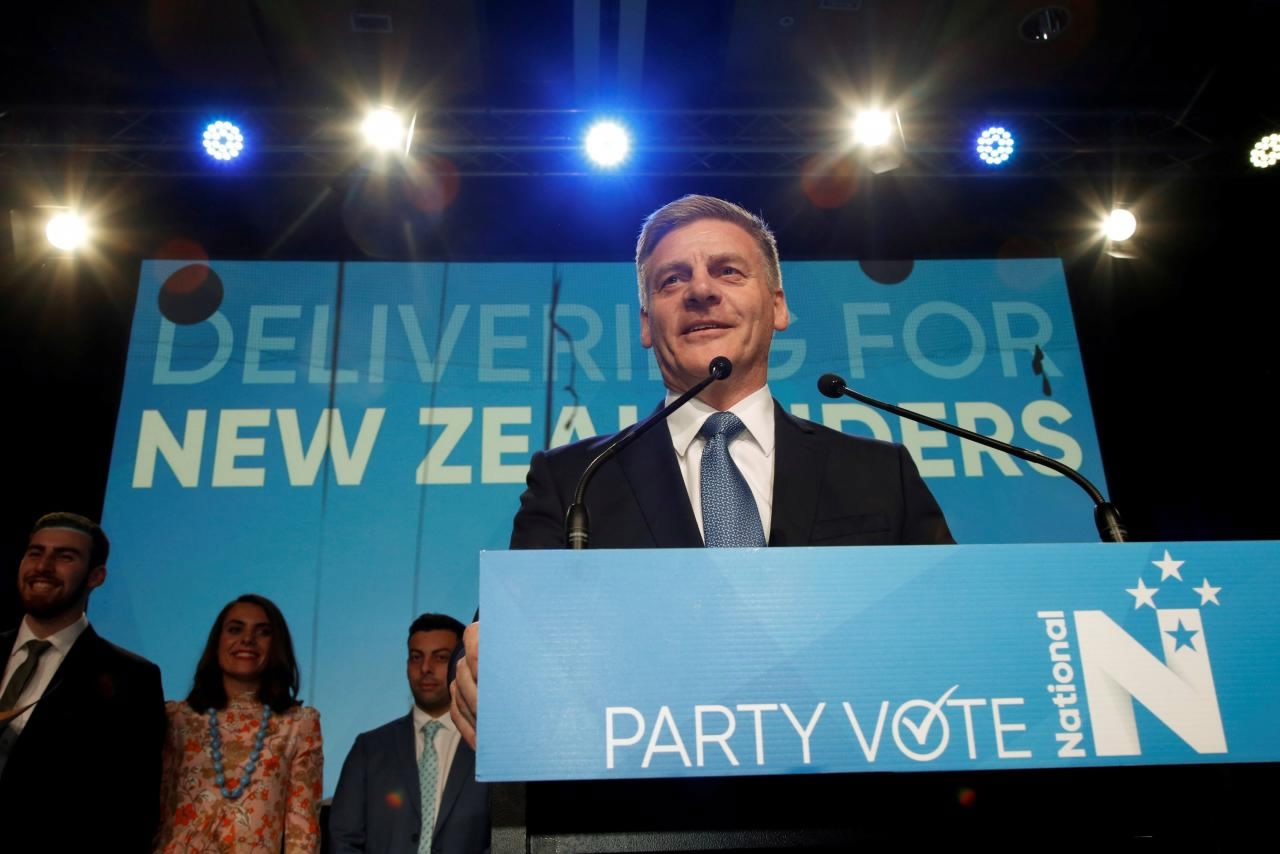
Politics
12:19, 07-Oct-2017
New Zealand unveils final election results with coalition gov't pending
CGTN

The official results for the 2017 general election were declared on Saturday by New Zealand's Electoral Commission. The September 23 elections left the ruling party and opposition coalition in a draw.
After counting special votes, the revised results showed that the ruling National Party had lost two seats - moving down to 56 - to opposition Labor Party, and its staunch ally, the Green Party, now has 54 seats in the 120 seat Parliament.
This leaves the far-right New Zealand First Party the kingmaker in the competition. With nine seats in the parliament, the 72-year-old veteran politician Winston Peters has the power to maneuver the whole political landscape.

Winston Peters, leader of the New Zealand First Party, speaks during a media conference in Wellington, New Zealand, Sept. 27, 2017. /Reuters Photo
Winston Peters, leader of the New Zealand First Party, speaks during a media conference in Wellington, New Zealand, Sept. 27, 2017. /Reuters Photo
Many believed Peters would choose the National Party eventually, due to their majority position in the parliament, but he started negotiations with both sides this week in a casual manner.
However, a 56-54 result may have freed Peters from the risk of offending the majority will of the voters and gives Labor Party's leader Jacinda Ardern a chance to organize the next government.
The center-right National Party, led by Prime Minister Bill English, has governed since 2008 by a minority government with confidence and support from the Maori, ACT and United Future parties.

New Zealand Prime Minister Bill English speaks to supporters during an election night event in Auckland, New Zealand, Sept. 23, 2017. /Reuters Photo
New Zealand Prime Minister Bill English speaks to supporters during an election night event in Auckland, New Zealand, Sept. 23, 2017. /Reuters Photo
ACT secured one seat in the 2017 elections, and the Maori Party has been completely left out of the Parliament this time.
New Zealand has adopted a mixed member voting system, which gives voters two votes: One for a political party and one for their local electorate MP. Parties receive seats in Parliament in proportion to their party vote share while seats are filled firstly by winning electorate candidates and secondly by candidates on the party's list.
The Electoral Commission said the total number of votes cast is 2,630,173, among which 47 percent were cast in advance.
The turnout as a percentage of enrolled electors was 79.8 percent, the highest since 2005, and the final enrollment rate is 92.4 percent.
10793km
Source(s): Xinhua News Agency

SITEMAP
Copyright © 2018 CGTN. Beijing ICP prepared NO.16065310-3
Copyright © 2018 CGTN. Beijing ICP prepared NO.16065310-3